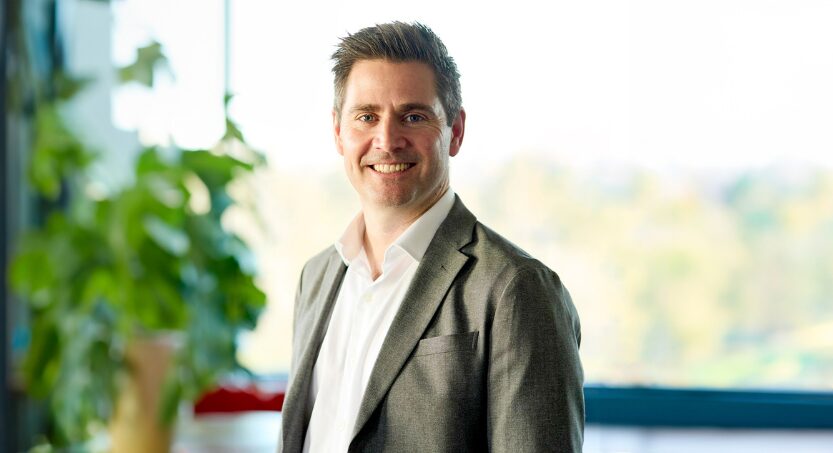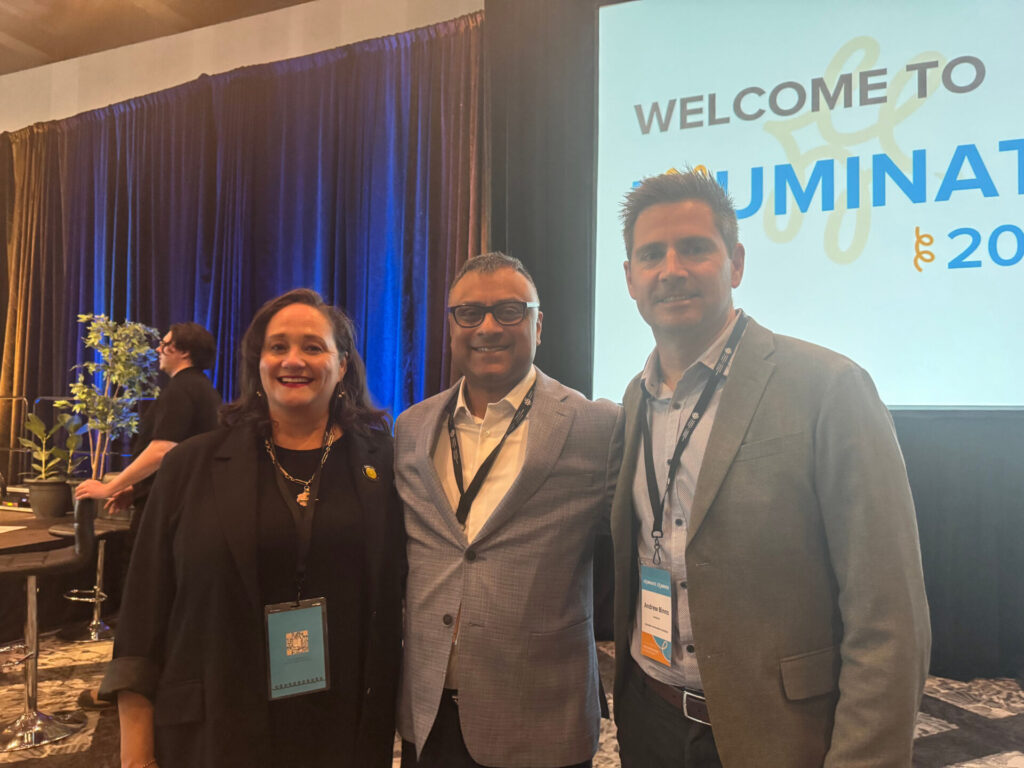Best practice lives at home too: Insights from North American philanthropy

North America often looms large in the philanthropic imagination. It’s home to some of the world’s most storied foundations, biggest givers and boldest initiatives. Andrew Binns, CEO of Australian Communities Foundation, has had two weeks of meetings and conversations across Canada and the US. He has returned with a powerful reminder: the most effective and innovative philanthropy isn’t confined to one part of the world. Best practice lives here, too.
While in North America, I attended Illuminate, the 2025 Community Foundations of Canada conference – a vibrant gathering of place-based funders from across the country and beyond. I also met with leading funders and movement builders including the Vancouver Foundation, Toronto Community Foundation, Marin Community Foundation, Stanford’s Center on Philanthropy and Civil Society, Monitor Institute, Philanthropy Together and networks such as Solidaire, Justice Funders and Women Moving Millions. The conversations were diverse, but a few key lessons stood out.

1. Philanthropy isn’t neutral – it’s a chance to shape the future
Across conversations, one message came through clearly: the role of philanthropy isn’t just to give support, but to help shape a better future.
The most impactful givers are doing more than writing cheques. They’re embracing their roles as stewards, advocates and learners. They’re aligning investments with purpose. And they’re supporting systems change, not just service delivery.
This shift is as relevant for individual givers as it is for large institutions. Philanthropy isn’t about control or charity – it’s about working in solidarity with communities and building partnerships around the kind of future we want to see.
2. Donor-advised funds are reshaping access to giving
Across North America, donor-advised funds (DAFs) continue to rise as the philanthropic vehicle of choice. Their growing popularity stems from one clear insight: making structured giving more accessible empowers more people to participate in long-term, intentional philanthropy.
By offering flexibility, tax-effectiveness and strategic support, DAFs are helping a broader spectrum of givers move from reactive donations to planned, purpose-driven giving. It’s a global trend we’re seeing reflected in Australia, too, where more individuals, families and organisations are choosing to give through flexible, strategic vehicles that align with their values and aspirations.
3. Collective giving is further expanding participation
Another trend across conversations was the growing momentum behind collaborative giving – from giving circles to pooled funds and grassroots grantmaking networks. These models are expanding the definition of who participates in philanthropy, making it more inclusive, relational and community-driven.
Rather than competing with institutional philanthropy, collective giving complements it. By creating new entry points for engagement, it brings more people into the practice of giving. It’s a timely reminder that philanthropy doesn’t need to be reserved for the high-net-worth. When we intentionally create space for more voices and more participation, we strengthen both our communities and our impact.
4. Apathy is the greatest threat to growth
Finally, one sentiment that came through clearly in conversations with community foundations and networks: the biggest challenge to getting more people involved isn’t another organisation or network – it’s a growing sense of apathy.
Too many people with the capacity to give don’t feel connected to purpose. They don’t know where to start, or don’t see themselves as part of the philanthropic story.
That’s why it’s so important to invest in connection – through shared stories, events and experiences that make giving more meaningful. When people feel connected to purpose, they give with greater intent.
Looking ahead with confidence
No philanthropic ecosystem is the same, and nor should it be. Our structures, histories and cultures differ. But the intent is shared: to foster more giving for a better future.
This trip reminded me that while our sector may be smaller here in Australia, we’re not playing catch-up. We’re walking alongside a global community of peers committed to doing this work with integrity, creativity and care.
Sector Voices is an occasional series of opinion and reflection pieces from sector leaders. If you have an idea, please email your 100-word pitch to [email protected].